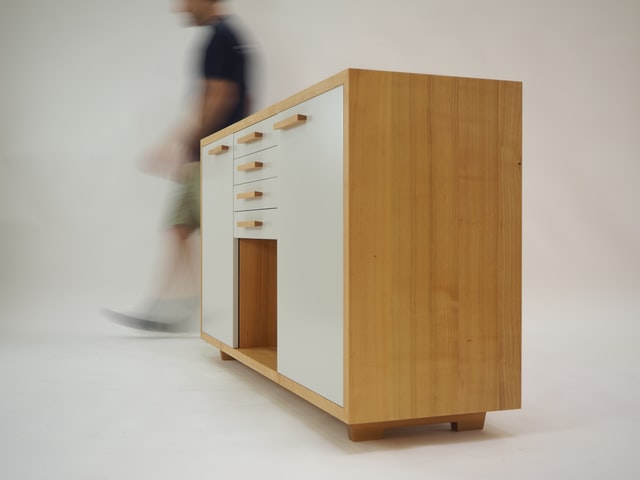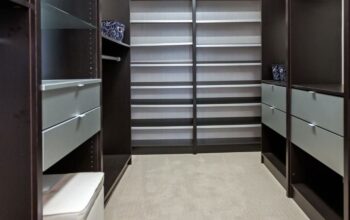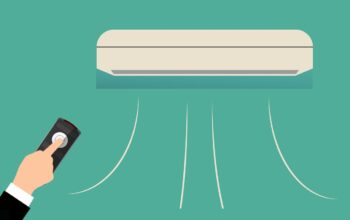For a lot of homeowners, certain vintage or antique furniture pieces hold a lot of monetary and sentimental value, so it can be hard to have to replace them when they start to look dull or damaged. Luckily, you don’t have to replace a piece of furniture just because it has started to look worn-out. Furniture restoration is a way you can breathe new life into your furniture pieces while still maintaining their value and structural integrity. Below are some useful tips on how you can restore your furniture.
Research and establish a budget
Before you take on any furniture restoration project, it is important to research the type of material the furniture is made of. The right method of restoration to use and the right type of tools you would need to have.
Some basic tools that are usually required for furniture restoration include; different grits of sandpaper, putty knives (both metal and plastic), some liquid stripping gel, steel wool, rubber mallet, small hammer, screwdrivers (flathead and Phillips head are recommended), wood glue, plastic gloves, measuring tape, respirator, wood putty, and an angled paintbrush. Knowing the type of repairs and tools that are needed will help you come up with a realistic budget for your furniture restoration project.
Hire a professional
Furniture restoration may seem like an easy DIY- project, but it is just as easy to mess it up. If the furniture piece in question is an antique and highly valuable, your best bet would be to hire a professional furniture restoration London company that has trained experts who have the right kind of experience and tools to repair and restore both modern and antique furniture.
Restoring wooden furniture
Restoring old wooden furniture involves cleaning, repairs (stripping, sanding), and finishing. The first step is cleaning which helps to remove any grime, dirt or oil stains off the furniture. You can use a combination of dishwashing liquid and water to wipe off dirt or for very grimy furniture surfaces, you can wipe with mineral spirits in a well-ventilated area. Ensure that you do not let the wood soak and make sure to dry thoroughly after cleaning. If there are any chips or holes on your furniture, you can use wood putty or epoxy wax to fill it. Allow the filler to be completely set before you proceed to do anything else.
Once the filler is set, you can proceed to sand and paint over the filled holes with a wood stain that matches the colour of your furniture. After all the repairs are done, you can give your furniture a protective finish by applying a coat of finishing oil using a brush and allow for a few hours before applying another coat. For longevity, you can also use a clear polyurethane coat as a final touch.
Restoring upholstered furniture
Start by removing any crumbs or embedded dust from the furniture by vacuuming it with your vacuum cleaner’s upholstery and drapery attachments. Ensure to vacuum every part of the furniture (front, sides, underside and back). Proceed to spray the cushion covers with a stain remover and let it sit for a few minutes before placing the removable ones in a washing machine.
Ensure to use a mild detergent and fabric softener (for antique cushion covers, hand washing might be more effective). For any upholstery that can’t be removed, you can apply a spray cleaner and wipe it down with a sponge after allowing the cleaner to sit for up to 30 mins.
There are situations where your current furniture upholstery might be beyond repair. In this case, a good option would be to reupholster your furniture. This process is, however, very labour intensive and requires technical skills, so getting professionals like Schryver Restorations to handle the project would be your best bet.
Conclusion
Furniture restoration can be a great way to renew and even add more value to your antique furniture pieces. For quality craftsmanship and a satisfying restoration, consult a professional today for a free quote.
Related Posts












